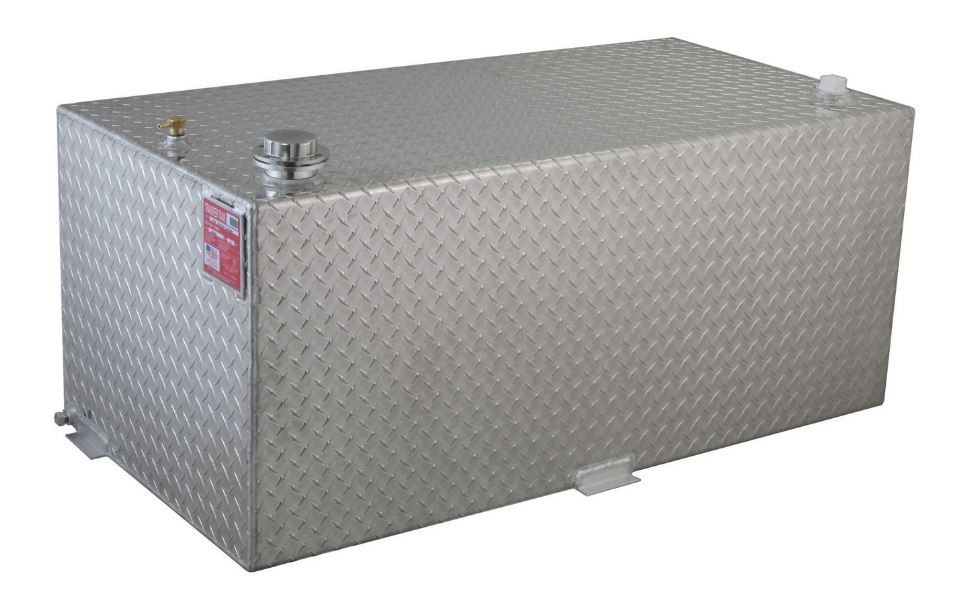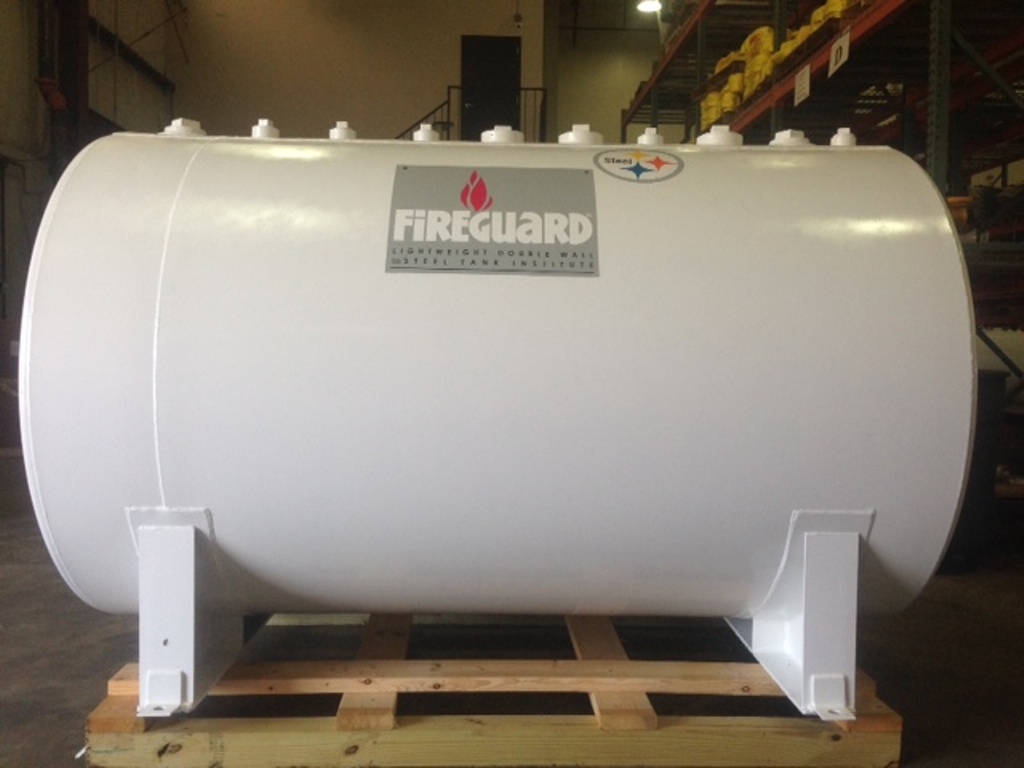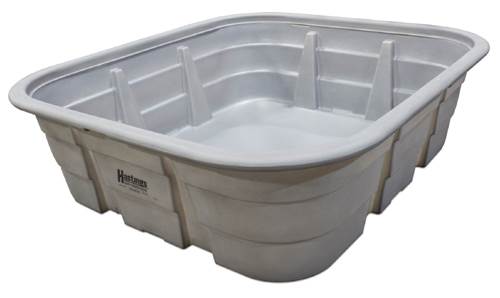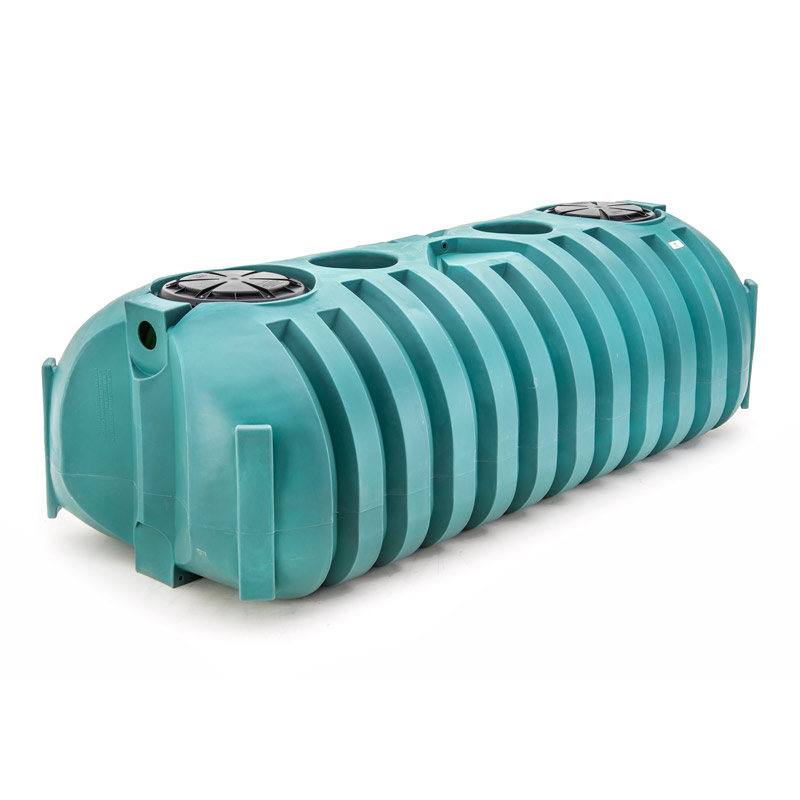Auxiliary fuel tanks and transfer fuel tanks are both used to increase the fuel capacity of vehicles or equipment, but they serve different purposes:
1. Auxiliary fuel tanks: These tanks are designed to supplement the existing fuel tank of a vehicle or equipment. They are typically installed in the bed of a truck and used in addition to the factory-installed tank and provide extra fuel storage capacity. Auxiliary fuel tanks are commonly used in situations where extended range or prolonged operation without refueling is required, such as for long-haul trucks, RVs, or off-road vehicles. They are often permanently mounted and have their own fuel transfer system using an inline fuel pump or by simply gravity feeding from the auxiliary tank to the main tank. **Please note, gravity feeding is only legal for diesel fuel and not gasoline. Gasoline must be pulled from the top of the auxiliary fuel tank using an inline fuel pump. Fuel from the auxiliary tank can be manually or automatically transferred to the main tank as needed.
2. Transfer fuel tanks: These tanks are primarily used for transporting and transferring fuel from one location to another. They are portable and can be easily loaded onto a truck, trailer, or other vehicle. Transfer fuel tanks are commonly used in industries such as construction, agriculture, and fuel delivery services. They are equipped with pumps, hoses, and dispensing nozzles to facilitate the transfer of fuel to other equipment, vehicles, or storage tanks. Transfer fuel tanks are not typically intended for long-term fuel storage but rather for temporary fuel transportation and distribution purposes.
In summary, auxiliary fuel tanks are permanently mounted additional fuel storage systems that provide extended range or prolonged operation for vehicles or equipment. Transfer fuel tanks, on the other hand, are portable tanks used for the temporary transportation and transfer of fuel from one location to another.
Click here to take a look at all of our fuel tank offerings!





Leave a Reply